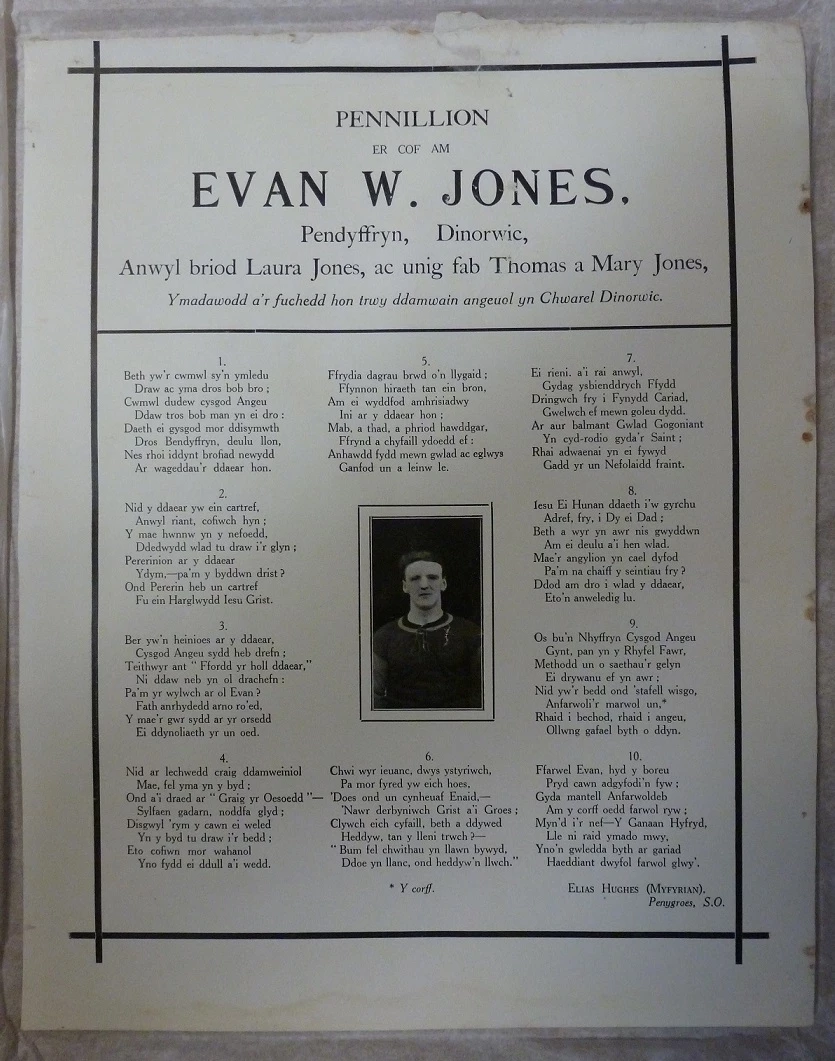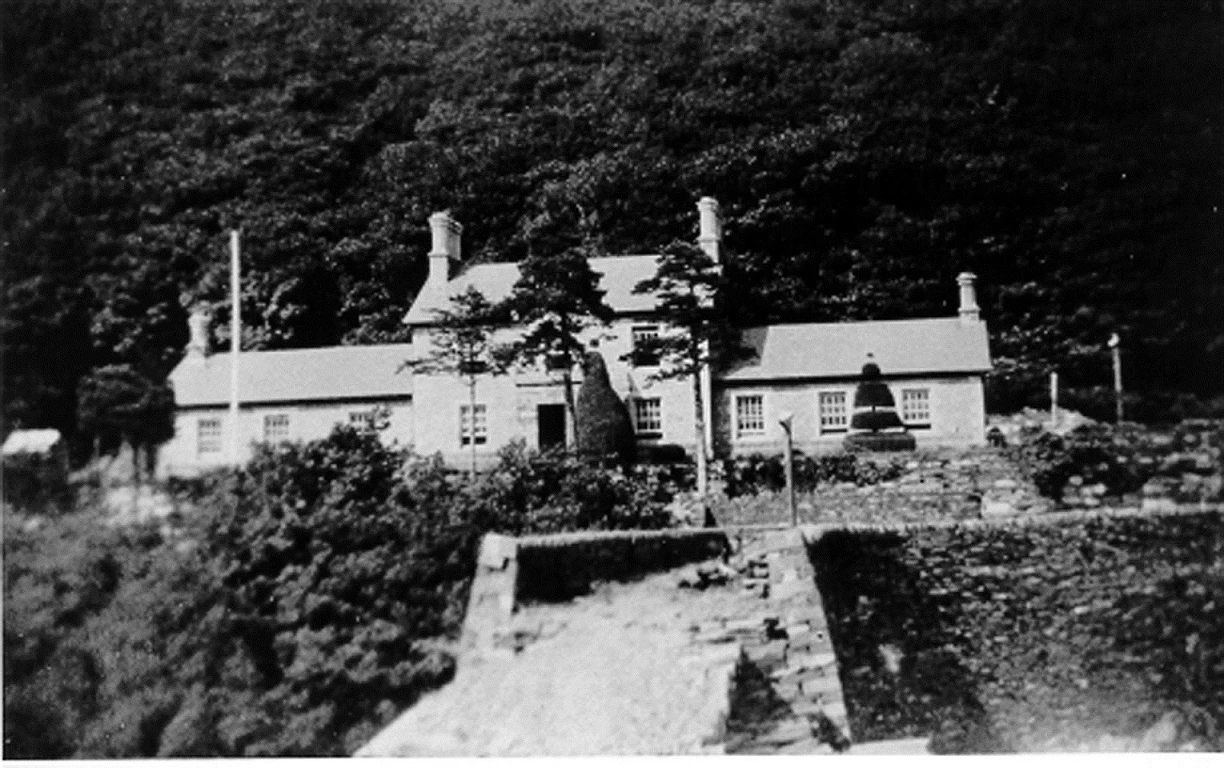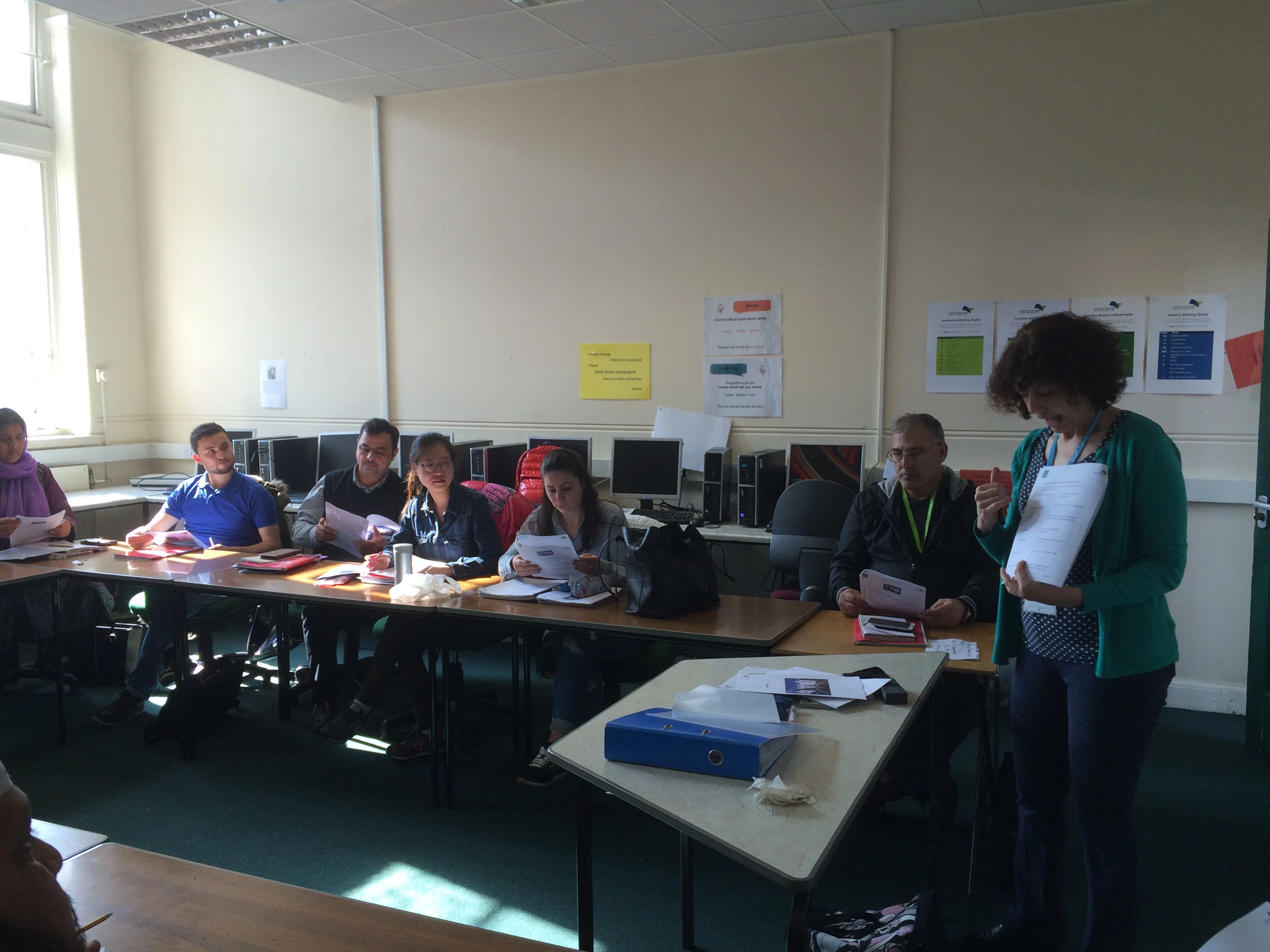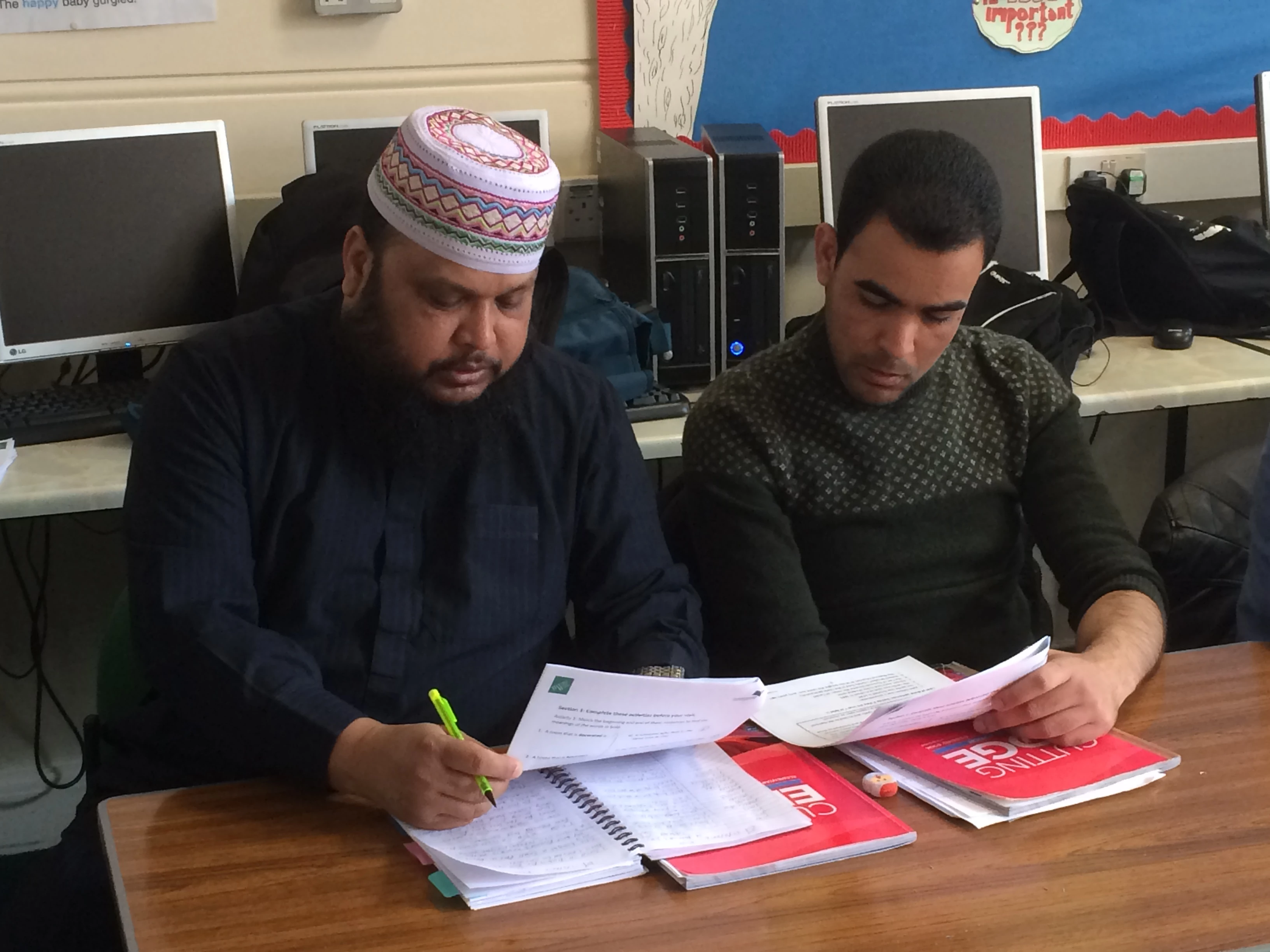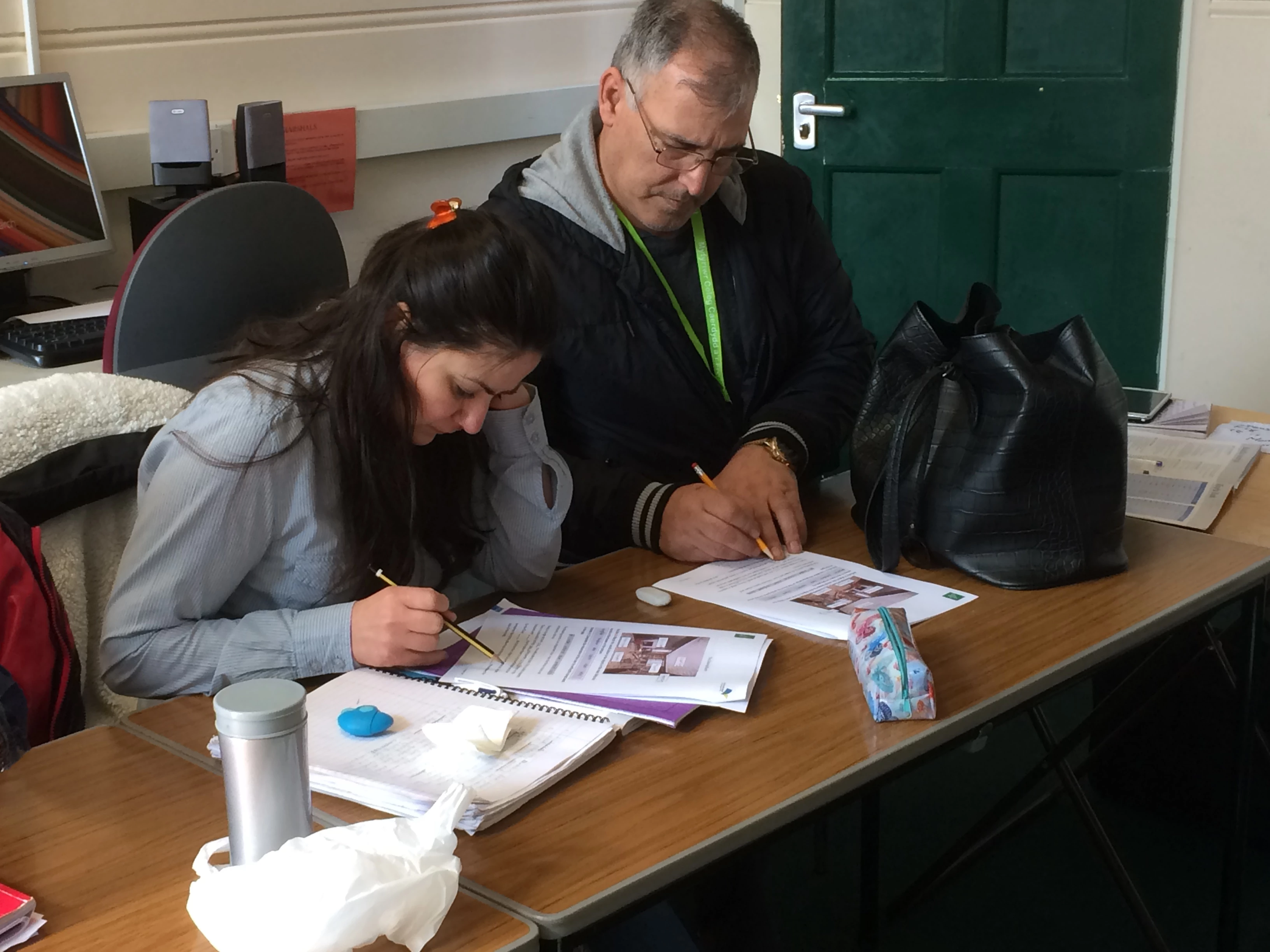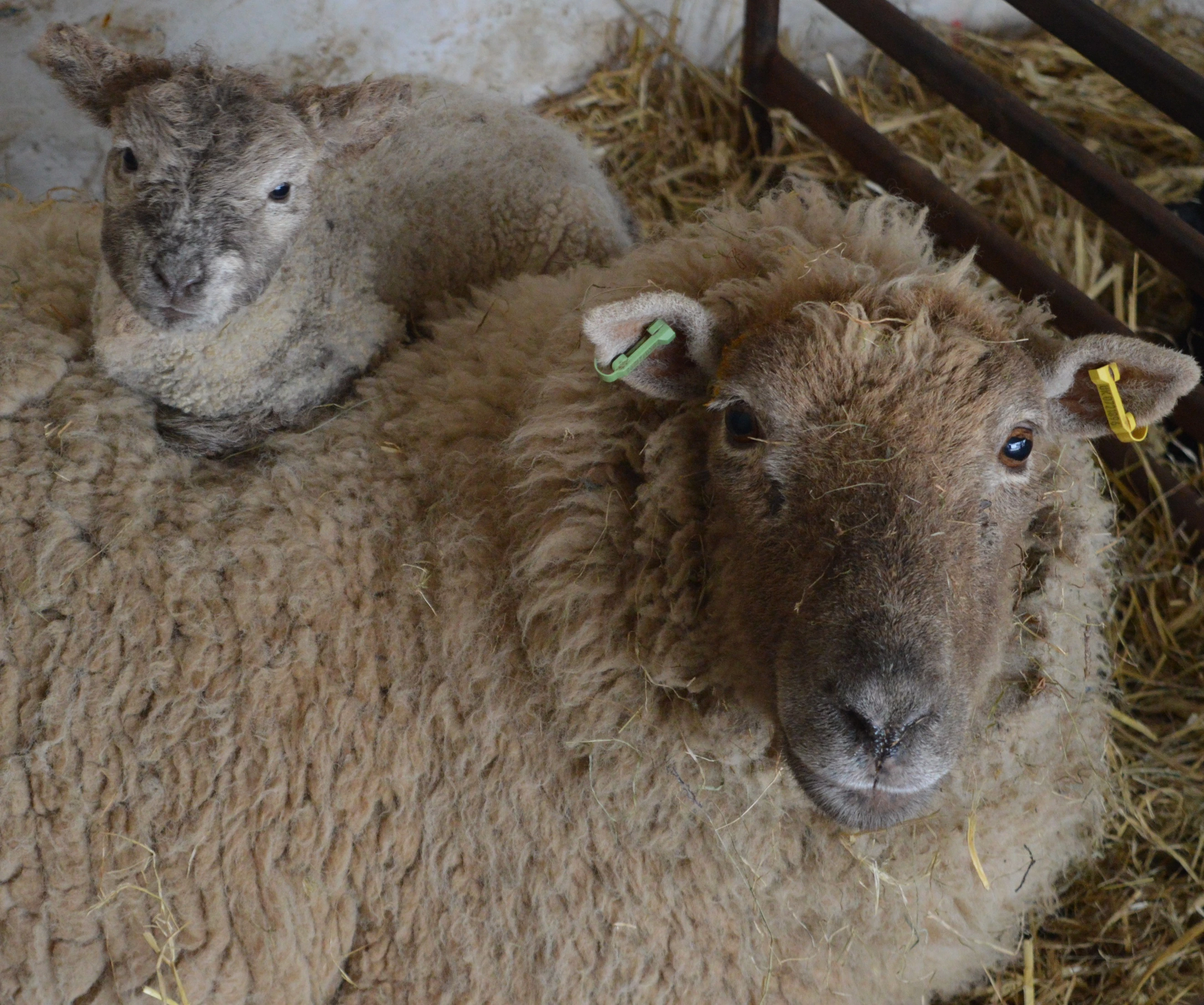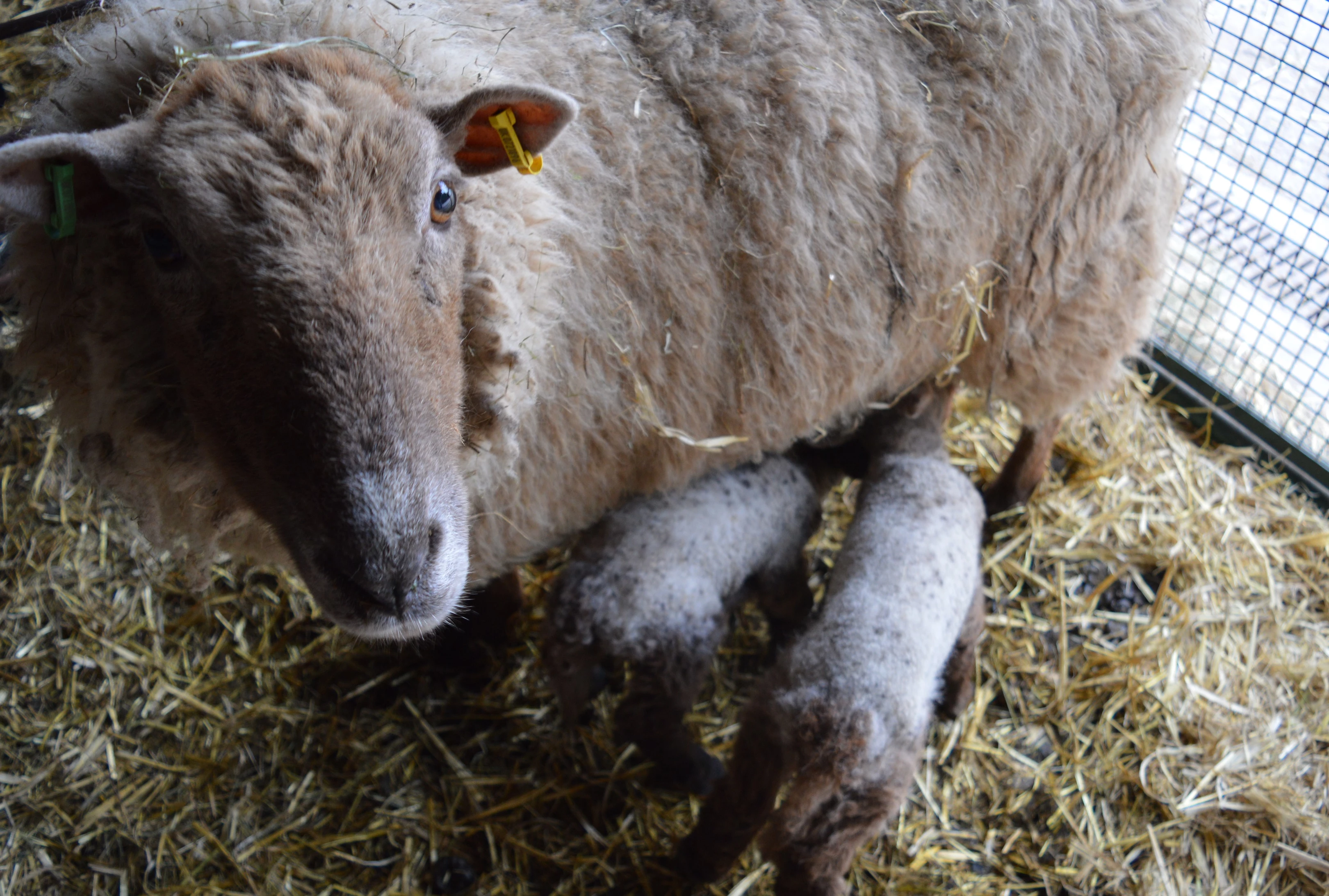Our volunteers 'Spring ' into action
, 14 Ebrill 2016
Sorry about the awful pun in the title. But, yes, it's that time of year, the sun is out, spring's officially here and it's getting warmer. Fantastic you may say, but for our Conservators and Volunteers a new battle is about to begin! As well as our lovely lambs and piglets, less desirable creatures are stirring. These are the insect pests, such as moths, carpet beetles and woodworm, that if left unchecked would quite happily eat our museum and its collections!
This week the volunteer conservation team were introduced to the enemy. In the natural world these insects perform an essential task, but in the confines of our historic houses, or anyone's home in fact, they can cause untold damage especially to items made from wool, fur, feathers, leather, paper and wood.
We have decided to go for a two-pronged attack. The first is to re-introduce traditional deterrent methods. Last year we worked with the gardening team collecting and drying a range of aromatic plants such as Tansy, Wormwood, Rue, Rosemary and Lavender traditionally used to deter insects. From the selection grown in our gardens we have created the extremely potent St Fagans blend.
Now we are devising ways to deploy our deterrent in sufficient quantities that might have an effect. For this we found tights ideal for the task! Yes, that's correct, tights. These are especially useful for items of clothes hung up on display, they enable us to place the aromatic plants in the more inaccessible areas of a garment, such as down sleeves!
The second method of attack is of course good old fashioned housekeeping. Spring is the time to open up the house after a long winter and give everything a good clean, or in our case a good beating.



